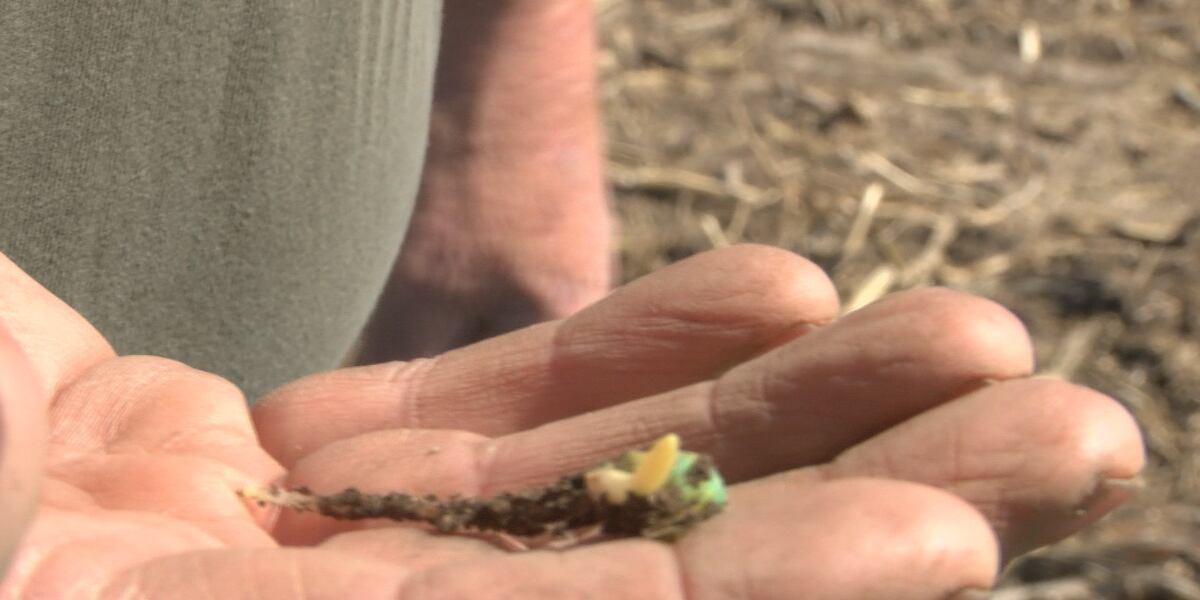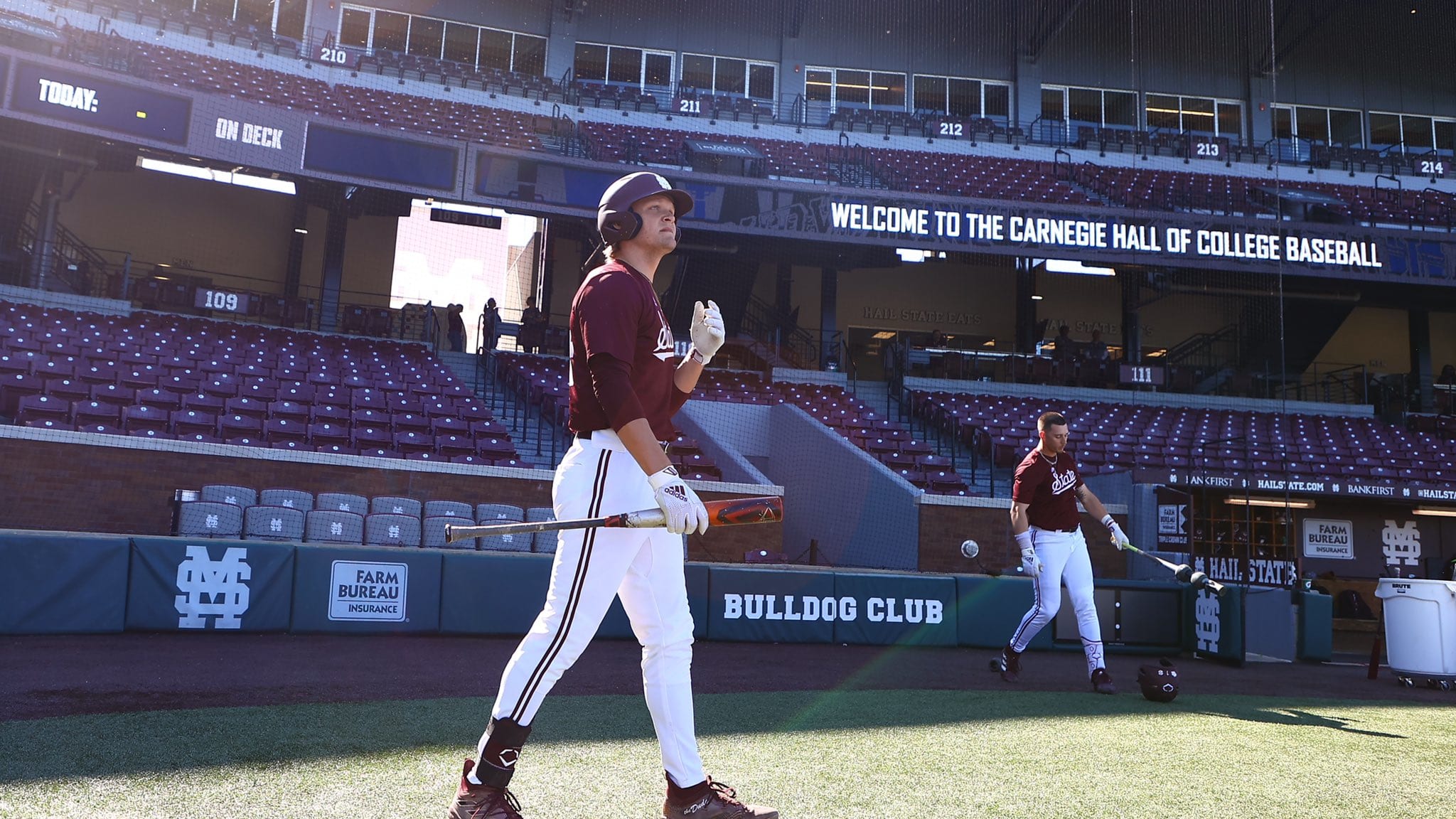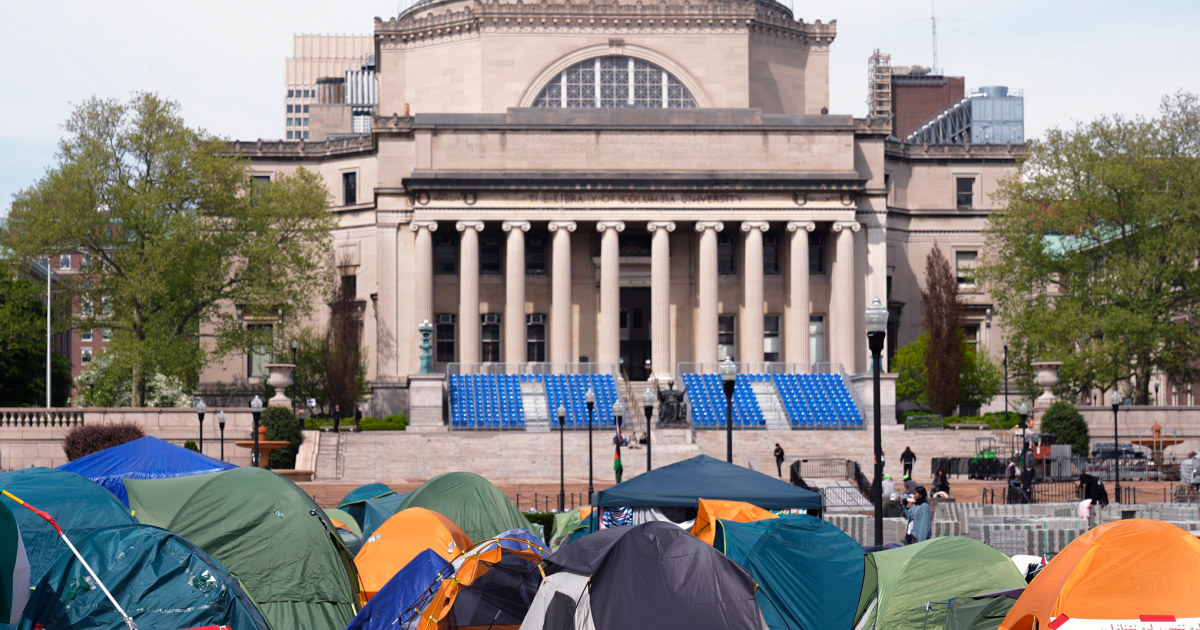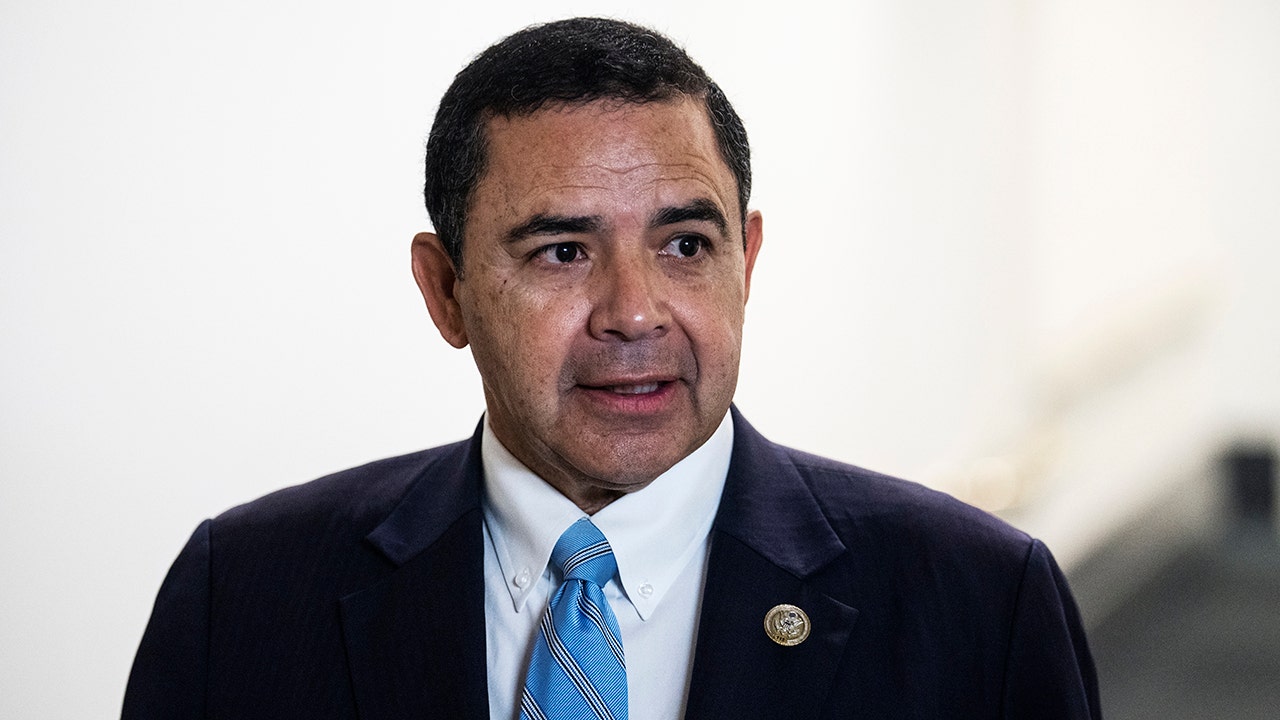Louisiana
Lake Charles lacks firefighters while union lawsuit seeks better pay • Louisiana Illuminator

LAKE CHARLES — Staffing at city fire stations is one-third below ideal levels, as a year-old lawsuit over inadequate pay lingers over the department’s efforts to recruit new firefighters. Officials say the safety of residents and businesses aren’t at risk, but firefighters at one station have been forced to relocate while their air-conditioning is not working.
Jared Chandler, Firefighters Union 0561 liaison, told the Illuminator the optimal number of full-time employees for the department is 182 — a number that city Public Information Officer Katie Harrington confirmed. There are currently 37 LCFD job vacancies, with 34 of them in fire suppression, she said.
“We are definitely lacking in personnel, as is shown by the number,” Chandler said.
Members of the Firefighters Union Local 561 say the inability to fill those jobs stems, in part, from a complicated compensation structure. The union filed a lawsuit March 3, 2023, in local state court claiming multiple instances when the city paid new firefighters more than those with higher ranks.
The city implemented a new salary system in January 2023 that increased firefighter pay based on their position and years of service. However, the system doesn’t adhere to state law, according to the lawsuit.
Louisiana law requires firefighters receive 2% annual increases in pay after reaching three years of continuous service for up to 20 years. It also lists the minimum salary increases for specific firefighter ranks.
The lawsuit names Lake Charles Mayor Nic Hunter, City Administrator John Cardone Jr. and all City Council members as defendants.
Assistant City Attorney Christopher E. John denied the allegations in his response to the union’s court complaint. Litigation is ongoing, and the next court date isn’t available on record.
GET THE MORNING HEADLINES DELIVERED TO YOUR INBOX
The union’s requests include that the city adopt an equitable pay schedule for firefighters that “maintain(s) the minimum salary differential between ranks,” including 2% annual increases mandated by law. They also ask for an end to lump sum payments and compensation owed for back pay and pension payments.
Lake Charles firefighters have been outspoken before about being paid commensurate with their duties and experience. Their union staged a days-long picket line in front of City Hall in July 2022 over wages as low as $11.17 per hour. By December that year, the City Council had adopted a new pay matrix and amended it in January this year.
Public records the Illuminator obtained indicate that, as of January, the annual salary for an entry-level Lake Charles firefighter is $33,503, or $11.51 per hour for an average 56-hour workweek. The city also pays $600 monthly supplemental pay for all new firefighters during their first year of service. Upon completing the first year, the state pays the $600 monthly supplement.
Lake Charles is actually on par with pay for entry-level firefighters in Baton Rouge, who make a little over $33,200 per year for a 56-hour workweek in a city with nearly three times the population and twice the land area.
Kenner, which has about 15,000 fewer people than Lake Charles and only a third of the area, pays its firefighters a starting salary of $22,287 for 40 work hours per week, with an hourly wage of less than $9.00. Kenner has faced a similar lawsuit from its firefighters over their compensation.
The fire recruit classification for the New Orleans Fire Department has a starting base salary of $40,896.
Fire Chief Delton “DC” Carter says the department currently employs 123, not including support staff, and that the department can always use more personnel.
“We have maneuvered staffing so that we have been able to continuously provide the level of service needed for our run area,” Carter said. “Since I have been chief, I have never felt like we have provided inadequate staffing or an inadequate level of service or care for our run area.”
Carter has been in charge of the Lake Charles Fire Department since 2022 and joined its ranks in 1999.
While the Lake Charles firefighters union’s lawsuit alleges inadequate pay, some members say inadequate facilities are also an issue. For at least 56 days, Fire Station 5 in the southeastern section of the city had no functioning air conditioning. District F City Council member Craig Marks said in a Facebook post the city has been working on the HVAC problem at the station since February.
Marks also said Station 5 firefighters were temporarily relocated while the AC issues were being addressed. Sources who wished to remain anonymous out of concern for their job security said a used air conditioner was temporarily placed in Station 5, and its firefighters were relocated to another station. As of last Saturday, no firefighters have been on shift at Station 5 except to clean the facility, the Illuminator determined.
There are eight fire stations in Lake Charles, and the city has a joint services agreement with Calcasieu Parish to occupy two stations in Ward Three that were previously staffed with volunteers.
According to the city’s website, Lake Charles’ Insurance Service Office (ISO) fire rating is currently a Class Two, the next-to-highest rating. Carter said the city has maintained this fire rating for more than 40 years.
“It was not always at a two, but we were eventually able to move up to that,” Chandler said. “Your city’s fire rating directly affects people’s insurance premiums, and there are many factors that determine that rating, one of them being the amount of personnel a department has and its response times.”
Lake Charles covers the cost of city fire protection from its general fund, as opposed to a dedicated tax or fee that some municipalities and parishes collect for their fire departments. Harrington said fire protection costs account for nearly 26% of general fund expenditures, second only to city police (27.8%) and just ahead of public works spending (25%).
Across all of city government, salaries and wages make up 39% of general fund spending.
The city’s current budget for fiscal year 2023-24, which began Oct. 1, lists expenditures totaling $22.8 million for the fire department – a 6% increase from the prior year. Salaries, overtime, retirement contributions and other fringe benefits account for 73% of department spending, down from 86% five years ago.
Regarding recruitment, Chandler said the Lake Charles Fire Department has “a great deal of difficulty” as the lowest-paid department in the area.
“Even when we do get recruits, a lot of the time we lose them after hiring them to surrounding stations,” Chandler said.
According to employees at the Sulphur Fire Department, their entry-level base salary exceeds $36,500 for a 40-hour workweek. The Lafayette Fire Department indicated recruits can expect to make about $34,600 starting pay for a 50-hour average work week that comes to an hourly wage of $13.30.
The Carlyss Fire Department, just southwest of Lake Charles, uses a combination of volunteer and career firefighters. Chief Mark Ware Jr. said the starting salary for career firefighters is $42,000 for nearly 40 hours a week, including incentive pay.
Carter advised those who enter the firefighting profession don’t do so for the compensation.
“A career in the fire service, like any public safety career, is a calling to be answered,” Carter said. “The recruitment challenges we face are similar to those faced nationwide at this time. However, we are seeing an increased interest as of late.”

Louisiana
Crash causes interstate block on Atchafalaya Basin Bridge

BUTTE LA ROSE, La. (WAFB) – Troopers with the Louisiana State Police are investigating a crash involving overturned 18 wheeler that has completely blocked the interstate on the Atchafalaya Basin Bridge.
The crash reportedly happened around 1 p.m. on Friday, May 3, on I-10 westbound, east of Butte La Rose.
According to officials, westbound traffic is being diverted onto LA 415 to US 190, and Iberville SO is diverting onto LA 77 to US 190.
I-10 West is closed at LA 415 due to an accident on the Atchafalaya Basin Bridge. Motorists are advised to use an Alternate Route.
— Baton Rouge Traffic (@BR_Traffic) May 3, 2024
Drivers are asked to avoid the area if possible and to expect delays.
No other details have been released.
This is a developing story. Check back for more details.
Click here to report a typo.
Copyright 2024 WAFB. All rights reserved.
Louisiana
Rolling Stones’ Mick Jagger, Governor Jeff Landry trade barbs at Jazz Fest in New Orleans
Rolling Stones’ legendary frontman Mick Jagger took a swipe at Louisiana Gov. Jeff Landry Thursday night during the rock ‘n’ roll group’s set at the New Orleans Jazz & Heritage Festival, and the governor barked back on social media.
After singing the hit “You can’t always get what you want,” Jagger said: “We’re an inclusive group. We like to include everyone. The governor is here, and we’d like to include him, even though he’s trying to take us back to the Stone Age.”
Landry, a conservative Republican, quickly responded with a good-natured quip on his X campaign account, taking a swipe at the 80-year-old singer’s age.
“You can’t always get what you want,” the governor posted on X. “The only person who might remember the Stone Age is @MickJagger. Love you buddy, you’re always welcome in Louisiana! #LoveMyCountryMusic.”
More: Election chaos in Louisiana as only state without a congressional map for fall ballot
Greg Hilburn covers state politics for the USA TODAY Network of Louisiana. Follow him on Twitter @GregHilburn1.
Louisiana
How Louisiana Is Coping With Flooding In Cemeteries
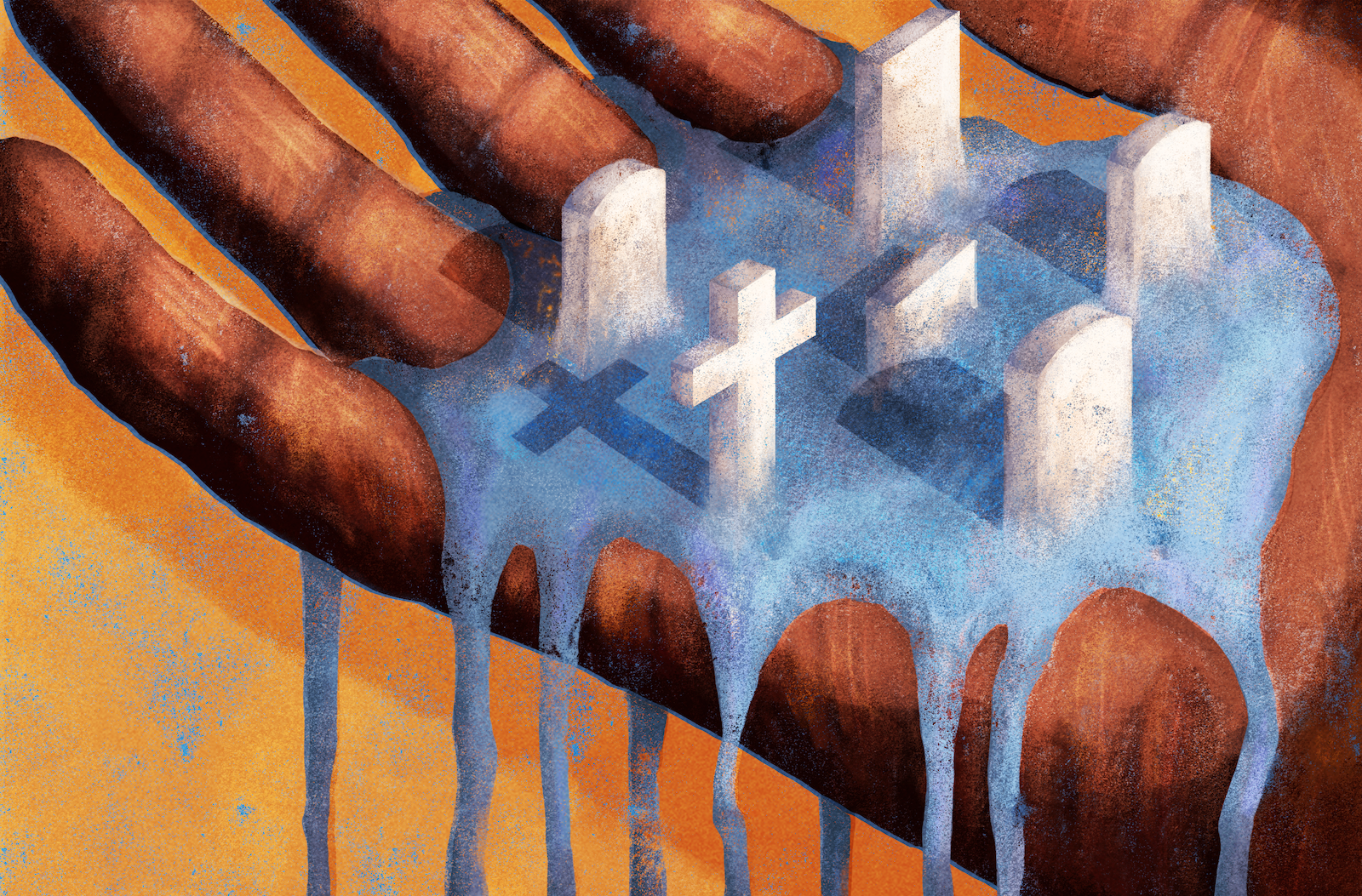

This article is part of The State of Science, a series featuring science stories from public radio stations across the United States. This story, by Eva Tesfaye, was published in collaboration with WWNO.
Emily Dalfrey lives across the street from Niblett’s Bluff Cemetery, where generations of her family are buried, in Vinton, Louisiana.
In 2016, a period of prolonged rainfall caused flooding so severe that people could drive boats over the cemetery. The water put so much pressure on the graves that some of the vaults, which are located near the surface, popped open. Some of Dalfrey’s own family members’ caskets were carried away and deposited in her yard.
Unsure how to restore the cemetery, the community contracted Gulf Coast Forensic Solutions, a company that helps people locate and rebury loved ones after natural disasters damage cemeteries.
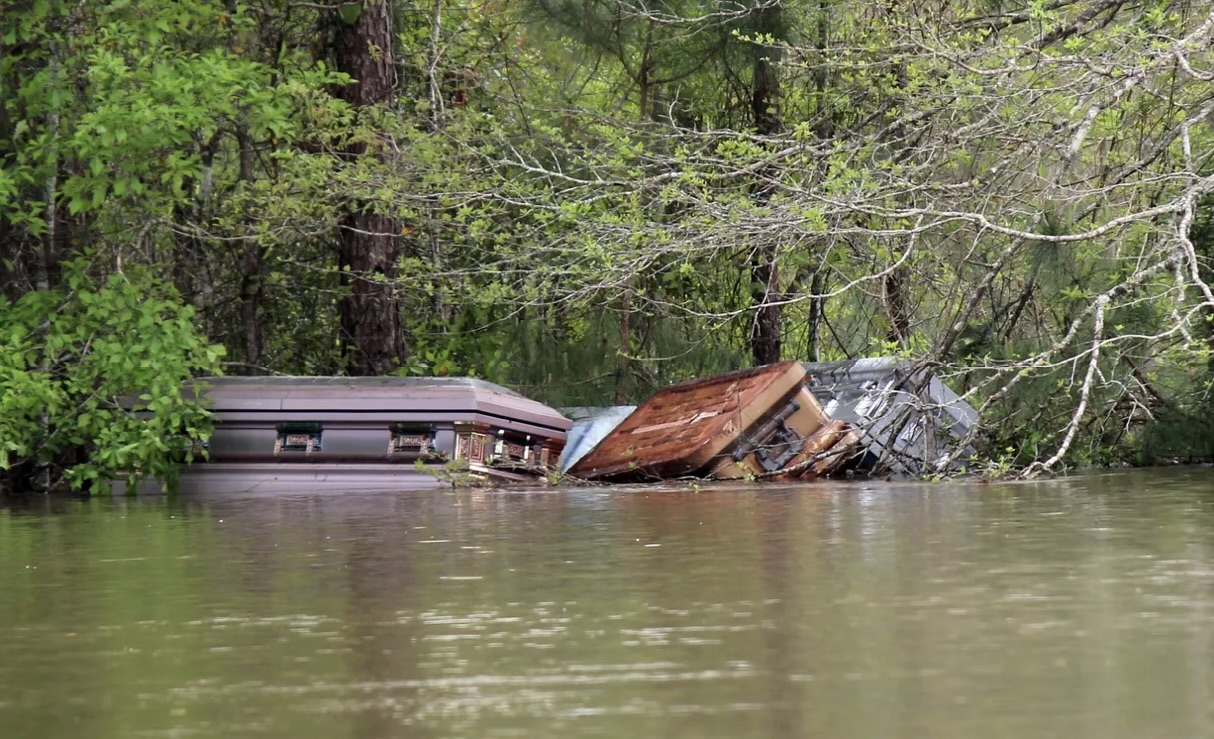
“We truly would have not gotten it done if we would not have had that guidance and that help,” Dalfrey says of Gulf Coast’s assistance. “Because when you bury your family, you think they’re there forever.”
Louisiana has dealt with flooded cemeteries and caskets washing away for decades, but the problem is getting worse—and more widespread. As climate change increases the likelihood of weather-related disasters, many other states are now grappling with damaged cemeteries. And they’re looking to Louisiana for help.
Hurricanes, Flooding, And Mudslides
Charlie Hunter, the CEO of Gulf Coast Forensic Solutions, started in this line of work during his time at the Calcasieu Parish Coroner’s Office, where he worked in death investigation. Normally, such a job involves investigating homicides and car accidents, but Hunter found himself spending a lot of time doing grave site recovery after Hurricane Katrina in 2005.
He started his company in 2020, repairing over 75 cemeteries across Cameron and Calcasieu Parishes in southwest Louisiana after Hurricanes Laura and Delta. He eventually left his job at the coroner’s office and expanded the company in 2023.
“It’s being able to give families a little bit of peace at the end of the day,” he says, “and so I think that’s what’s really important. It’s a never-ending job.”
Working in a state that’s been so frequently pummeled by hurricanes has made him something of an expert in his field.
“Now that cemetery damage and restoration is such a big deal, people reach out to us from all across the country, whether it’s from hurricanes, flooding events, mudslides,” he says.
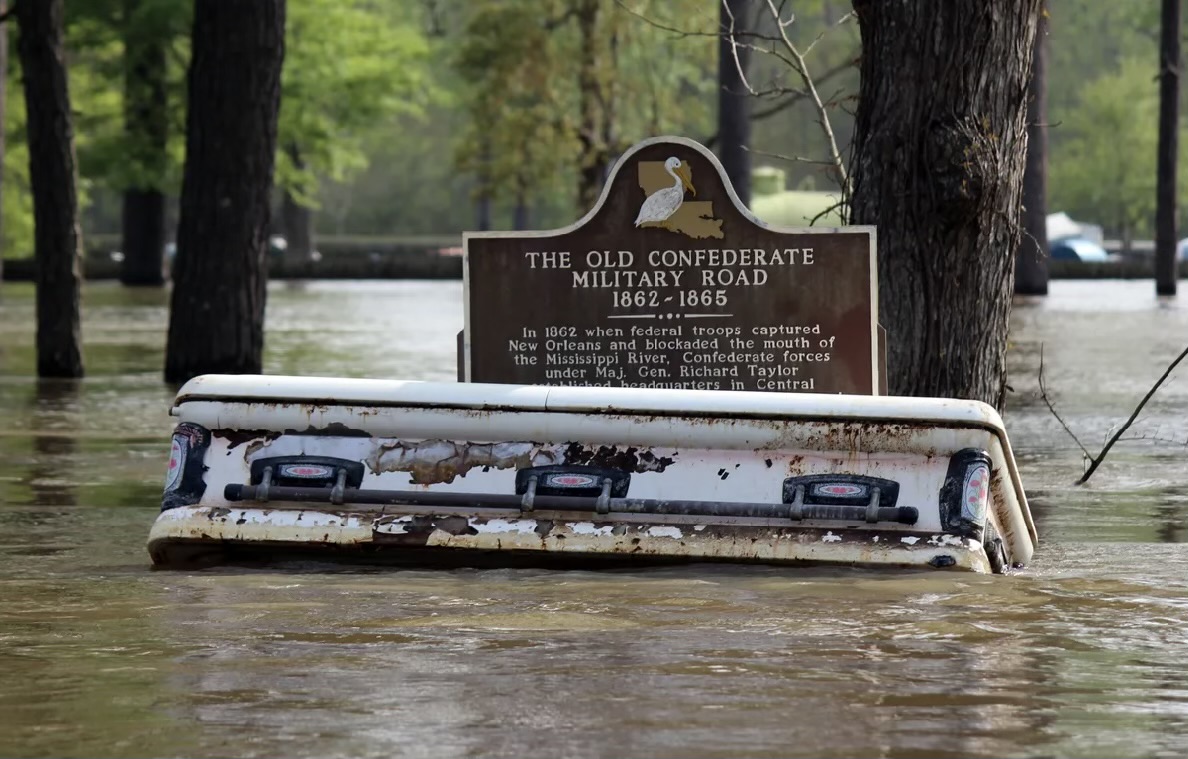
Hunter says he’s helped people in Florida, South Carolina, Tennessee, and even California. One of them was Eva Kenner from Port Charlotte, Florida. She manages Charlotte Harbor Cemetery, the oldest marked cemetery in its county. It was hit by Hurricane Ian in 2022, resulting in 26 fallen trees and close to 100 damaged gravestones.
“I’ve been there 20 years working at the cemetery and we’d never had damaged headstones from a storm before,” Kenner says.
She hired Gulf Coast Forensic Solutions to help repair the cemetery and says the company fixed around 80 headstones in one week—but there’s no getting back those beautiful trees.
“The 26 trees just took away the whole atmosphere. There were great, giant old oaks, hundreds of years old, sun dappled,” she says.
But the repaired headstones have held up, she says, even after other storms have torn through, leaving debris on the ground.
The Louisiana Cemetery Response Task Force
The flooding that damaged Dalfrey’s family members’ graves in 2016 affected more than 800 graves in 74 cemeteries across Louisiana. After that event, the Louisiana Cemetery Response Task Force was created.
“We are the only state that has that,” says Ryan Seidemann, the task force chairman.
The task force is activated when there has been a disaster declaration and reports of cemetery damage. It is currently activated and has been since Hurricane Ida in 2021.
Seidemann says the task force was created to fill a void in federal assistance for cemetery recovery and because in many storm-prone places, there is no one left taking care of cemeteries.
“A lot of folks have moved away over the years. There really weren’t a lot of people to speak for those descendants who had taken off and floated away with the storm surge,” he says.
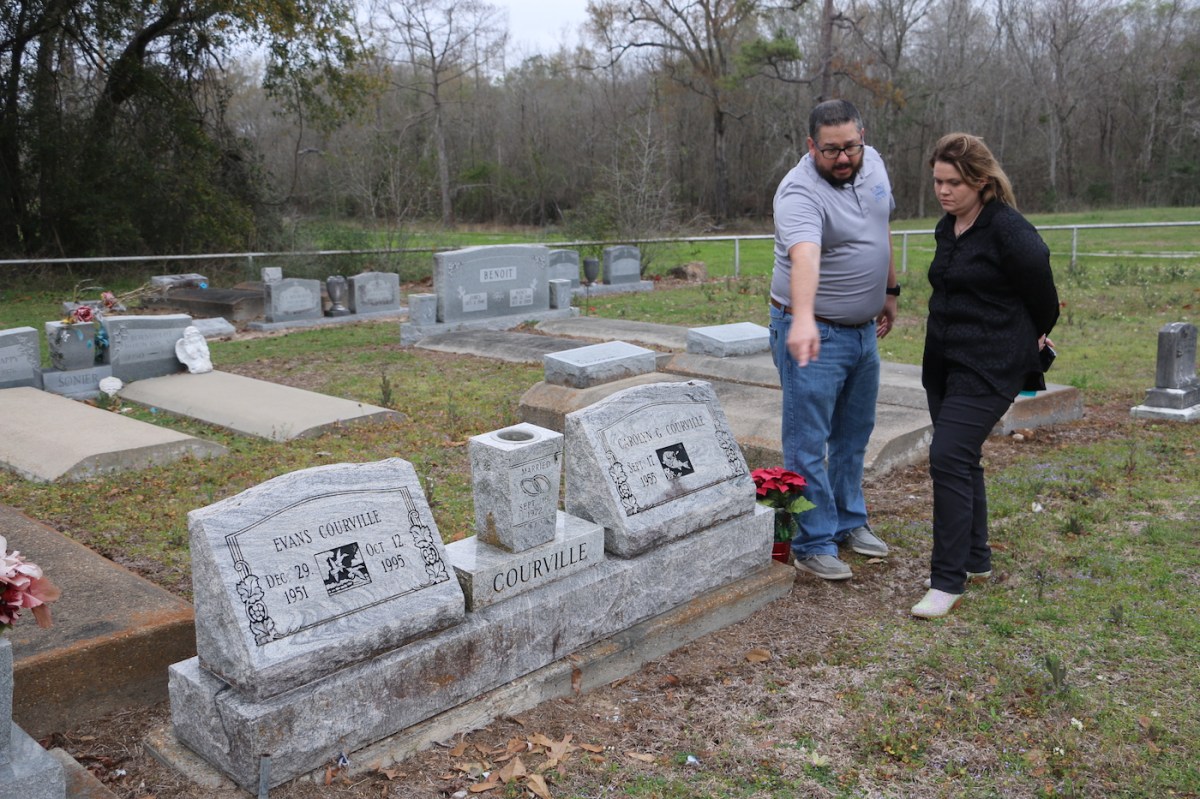
Like Hunter’s company, the task force helps find, recover, and identify lost caskets. Reburial can cost thousands of dollars, but family members of the deceased can receive funding for it through the Federal Emergency Management Agency (FEMA)’s individual assistance program. Because the process of getting that money can be difficult, especially when people are already dealing with fallout from a disaster in other parts of their lives, the task force also helps people apply for it.
And also like Hunter, the task force gets calls from other states where communities find themselves in need of that kind of cemetery restoration expertise—usually along the Atlantic Coast, but sometimes even in the West.
“Oddly, [requests for help have] come from places such as New Mexico, which you wouldn’t think would have flood problems with cemeteries,” says Seidemann, “but apparently as they’ve had wildfire problems and then rainstorms, the undergrowth that is keeping burials in place there is washing off.”
Preparing For Extreme Weather
Climate change is exposing how unprepared cemeteries are for extreme weather events says Jennifer Blanks, a PhD candidate at Texas A&M University who studies cemetery preservation and management.
“Climate change is showing that there actually isn’t really a good protocol or procedure to help with those kinds of issues, in terms of mitigating cemeteries from disasters, and how to recover them afterward,” Blanks says.
That is especially true for Black and other minority cemeteries. In her research, Blanks has found that Black cemeteries in Louisiana have more exposure to flood hazards and proximity to hazardous chemical sites.
“Traditionally, Black residents and non-white people are forced to settle on land that is undesirable for different reasons, whether it cannot produce any type of crop or products, or the value of the land is low because it is in a floodplain,” Blanks says.
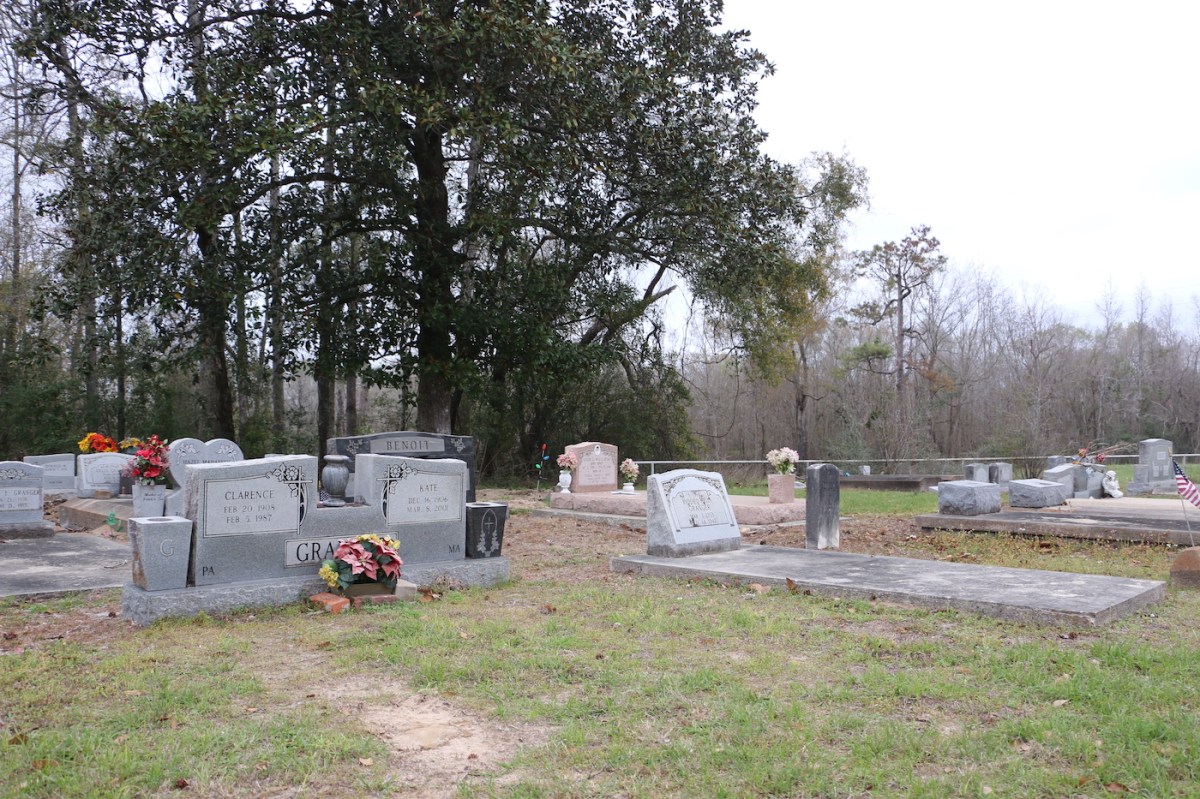
One of the solutions is to bury caskets underground instead of in the surface vaults that are common in Louisiana. Niblett’s Bluff Cemetery now requires that new burials be underground, though there is some debate over whether graves in New Orleans are mostly above ground due to tradition or due to the high water table.
Having good documentation of who is buried where is also extremely important for recovery. If a casket is dislodged and a deceased person cannot be identified, if their next of kin cannot be contacted, or if that person can’t pay, the casket will not get reburied. Hunter says that in those cases his company just tries to get the casket out of public view.
This is exactly what happened in Charlotte Harbor Cemetery in Florida. It could not get FEMA assistance, and Kenner says that finding and contacting relatives of people who had died so long ago would be an impossible task for a cemetery that was established in 1879.
Even in Louisiana—which started to require identification on caskets after Hurricane Katrina—the lack of documentation is still a challenge, Seidemann says.
“Compliance with that has been spotty at best,” he said.
Blanks said those who manage cemeteries should work with the community to gather local knowledge of graves and consider creating maps.
“It’s one thing to protect the physical landscape,” she says, “but it would also be a disservice to not preserve or recover the cultural heritage that is in the landscape itself.”
Further Reading
-

 News1 week ago
News1 week agoLarry Webb’s deathbed confession solves 2000 cold case murder of Susan and Natasha Carter, 10, whose remains were found hours after he died
-

 News1 week ago
News1 week agoFirst cargo ship passes through new channel since Baltimore bridge collapse
-

 World1 week ago
World1 week agoHaiti Prime Minister Ariel Henry resigns, transitional council takes power
-

 World1 week ago
World1 week agoSpanish PM Pedro Sanchez suspends public duties to 'reflect'
-

 World1 week ago
World1 week agoUS secretly sent long-range ATACMS weapons to Ukraine
-

 Movie Reviews1 week ago
Movie Reviews1 week agoHumane (2024) – Movie Review
-

 News1 week ago
News1 week agoAmerican Airlines passenger alleges discrimination over use of first-class restroom
-

 Education1 week ago
Education1 week agoVideo: Johnson Condemns Pro-Palestinian Protests at Columbia University
/cloudfront-us-east-1.images.arcpublishing.com/gray/3EJP3K7IZVEYNFI6QI5HV6ZCTU.JPG)
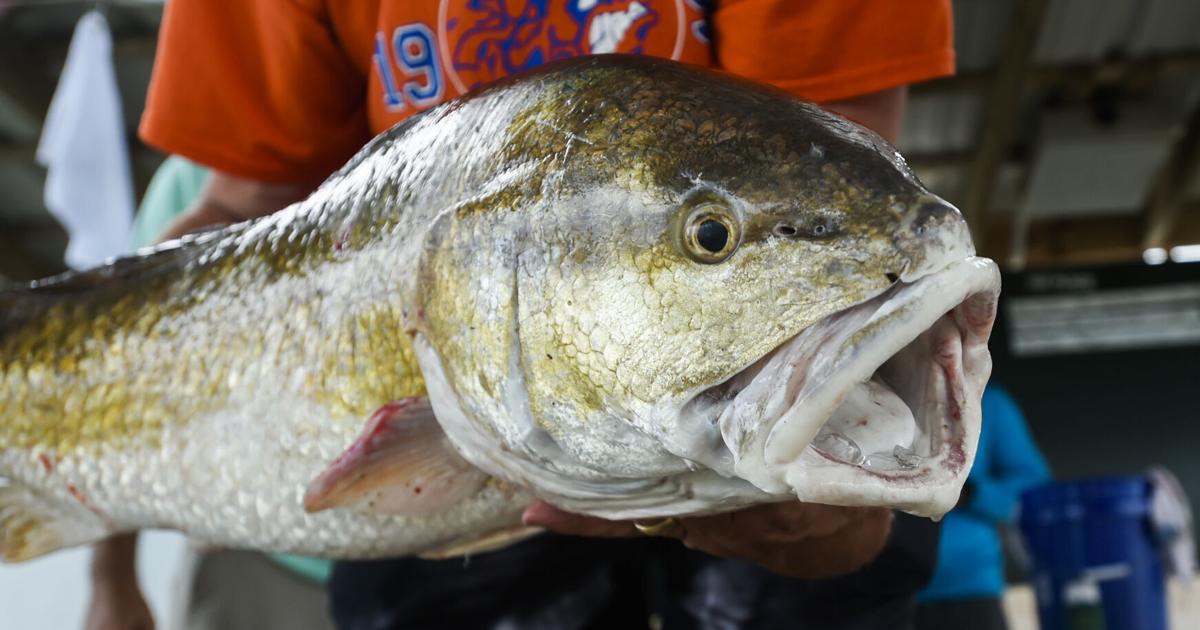
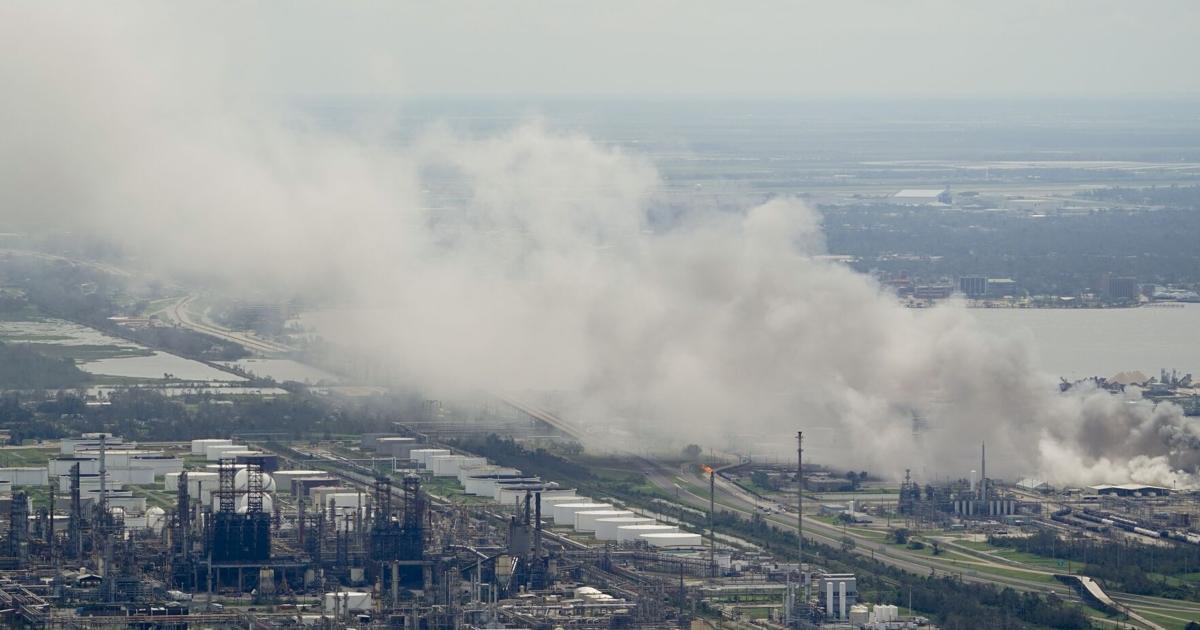
/cloudfront-us-east-1.images.arcpublishing.com/gray/V4AHZCXHTNDUXE5O6BAUQ5JGKU.jpg)



